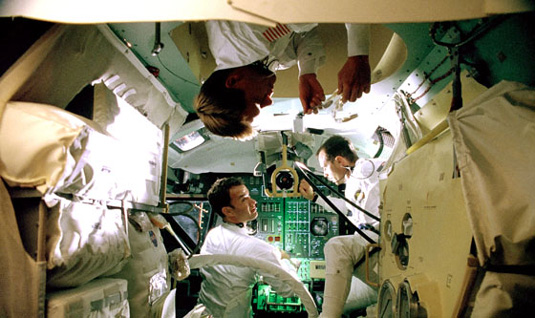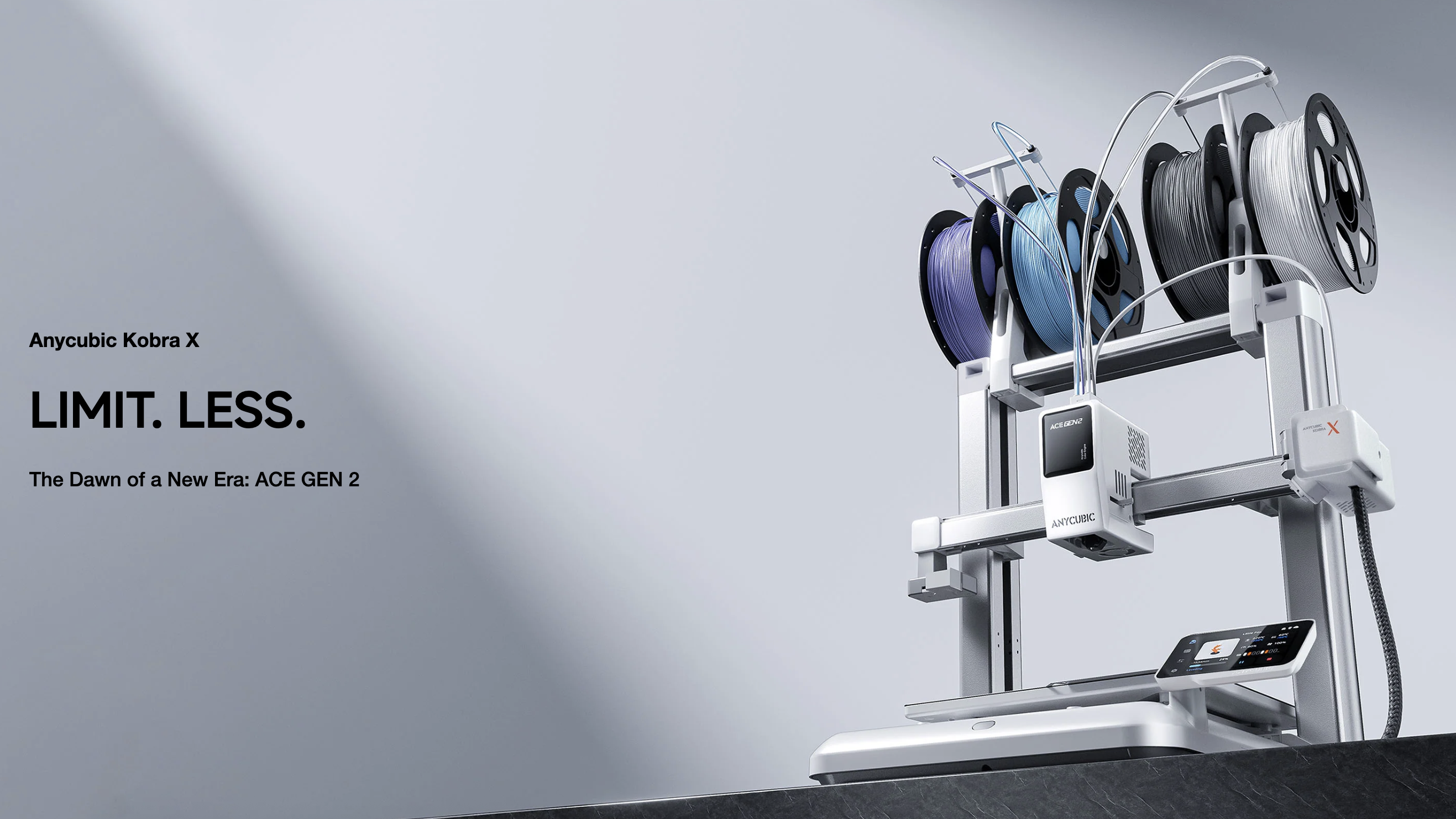10 incredible examples of in-camera special effects
Ten great scenes that rely less on computers and more on carpentry, metalwork and gallons of latex.

The terms special effect and visual effect are often used indiscriminately to describe something amazing happening on screen. But they're actually very different beasts: visual effects are those elements added in post-production - and these days are mainly to do with the addition of digital characters, landscapes, alien-punching robots and so on. These are all added after the fact, usually once the main shoot has wrapped.
Special effects, however, are created live on set and captured 'in-camera' with no processing of the image later on. Although it's rare that a special effect isn't enhanced in post these days, either with colour grading, wire removal, smoke, debris and so on, the imagery was largely created live, on set. Here are 10 incredible examples...
01. The Dark Knight Rises - Mid-air plane decommissioning
Christopher Nolan isn’t much of an advocate of faking stuff with CG, using sparsely, only when necessary and when it looks absolutely real. So when the script for the latest Batman movie called for an airplane to be captured and dismantled in mid-air, he just went and did it.
A CIA turboprop is tethered to an unmarked C130 Hercules by masked men abseiling rom the cargo plane's open rear. The real turboprop is then replaced by a mock-up, whose wings are ripped off due to wind resistance, and its tail section removed with explosives.
The interior was shot in the studio on a gimballed set, enabling Nolan to tumble the actors around realistically. For the final shot, the wingless carcass is dropped to the barren landscape of the Cairngorms, several hundred feet below. It’s a bold, brilliant sequence which would never have looked so convincing with CG elements.
02. 2001: A Space Odyssey (1968) - The Discovery One interior
Possibly the greatest film set ever created, the gigantic rotating interior of the Discovery One spaceship was built as a huge, rotating centrifuge. Constructed at MGM’s Borehamwood studio by the Vickers-Armstrong Engineering group, the device cost $750,000, was 12 metres in diameter, 3 metres wide and weighed 30 tons.
The actors were shot walking around the inside of the spaceship, by locking the camera down and rotating the centrifuge at walking pace. In one scene, Keir Dullea enters the room and walks half-way round its periphery, while Gary Lockwood is strapped into his seat and begins the scene upside down a the top of the set. Genius.
Daily design news, reviews, how-tos and more, as picked by the editors.
03. Apollo 13 - Floating in space

There are many ways to fake the weightlessness of space: hanging your actors from wires, getting them to move in a stupidly slow fashion, while waving their arms around… Or, you could, y'know, do it for real. Which is what Ron Howard chose to do for his near-disaster space flick.
The crew created replicas of the Apollo Command and Lunar Modules on board NASA's KC-135 weightless trainer, a Boeing 707 dubbed the 'Vomit Comet'. The plane flies in an arc, and for 23 seconds during its downward dive, everyone on board enjoys the thrill of zero-G. To shoot all of the scenes necessary, Howard and his crew endured around 600 weightless sessions.
Check out the Apollo 13 crew in action over at Tom Hanks Online.
04. The Fly (1986) - The metamorphosis of Seth Brundle
It's a career-defining role for Jeff Goldblum, but the real stars of this body horror show are the incredible makeup and prosthetics that reveal his gradual transformation from scientist Seth Brundle to his insectoid alter-ego, Brundlefly.
Chris Walas was brought in to produce the numerous effects that range from a mild skin rash to a fully articulated, remote-controlled bidpedal creature, referred to as the "Space Bug". The film also featured a gimballed set, enabling Goldblum to walk on the walls and ceiling, and has a gruesome sequence of the bad guy having his hand and leg dissolved by Brundlefly's acidic vomit.
05. Inception (2010) - Zero-gravity corridor punch-up
Inception's dreams-within-dreams story is full of unique visuals, but the one that got most people talking was the obviously not CG but how-the-hell-did-they-do-that corridor fight sequence.
To pull it off, different versions of the set were built: one vertically so the actors could be suspended on wires or propped up on rigs; some upside down; and - taking its cues from 2001: A Space Odyssey - one that could rotate along its axis. The massive 100-foot-long set was mounted inside eight 30-foot-diamter rings, precision-engineered to allow the construction to rotate smoothly at up to 8rpm.
It was built in a converted WWI-era airship hangar at RAF Cardington in Bedfordshire, and the final choreographed fight scene took three weeks to complete with some 500 crew on hand during the shoot. Admittedly the final sequence only works because of some nifty rig removal in post production, but by cutting between the different techniques, the audience never quite knows what it's looking at and the end result is suitably mind boggling.
06. Aliens (1986) - The Alien queen
Before he became the king of digital storytelling with Avatar, James Cameron was a master of employing special effects - scale models, matte paintings, forced perspective sets, rear projection, miniatures - to make the unreal real.
Aliens is a tour de force of effects techniques, that still largely stands up today. The queen herself - overseen by the legendary Stan Winston - was realised using a mixture of rod puppets and a full-scale replica, housing two puppeteers what worked two pairs of four forearms. The rig was either suspended from cables or supported from below, depending on the shot.
The creature also employed hydraulics for the major body movement, with the tail operated by wires, and the legs moved on rods - up to eight crew were needed to breathe life into the creature. The climactic battle between the giant queen and Ripley's power loader are mainly rod puppets about two feet high, with clever lighting and smart editing.
07. The Abyss (1989) - The Deepcore mining rig
James Cameron isn't one to do things by halves, so when his script for an undersea alien encounter called for a deep-sea mining rig, he decided he'd build one - under water.
When no studios or tanks big enough could be found, he turned to the Cherokee nuclear power plant near Gaffney in South Carolina - an abandoned $700 million facility that just happened to have a nuclear containment vessel capable of holding 7.5 million gallons of water. The Deepcore rig was built on site from huge metal components, anchored to a 90-ton concrete column, and then covered in 18 metres of water - the tank was so large it took five days to fill.
To recreate the pitch dark conditions at the bottom of the ocean, the water had millions of tiny plastic beads floating on its surface and a vast tarpaulin covered the tank. When the material was damaged in a storm, Cameron decided to shoot at night, making the already though shoot even tougher.
08. Eternal Sunshine of the Spotless Mind (2004) - Baby Joel under the table
The technique in Michael Gondry's mind-bending love story is almost as old as film itself. When Jim Carrey's Joel remembers himself back at home as a child hiding under the kitchen table, the scene required Carrey and Kate Winslet to interact - although Carrey is supposedly the size of a small child rather than a six-foot-two comedy actor.
The shot is all achieved in-camera using a long Ames Room, with a forced perspective and oversized props, so the distant figure of Carrey appears to be much smaller. The effect works because the single-lensed camera has no depth perception, and sees the cleverly distorted room as it would appear normally. The same effect can be seen in Willy Wonka & The Chocolate Factory and Peter Jackson's Lord of the Rings trilogy when the Hobbits are required to appear with other characters.
09. Alien (1979) - The chestburster
In 1979 computer graphics were little more than stuttering wireframe images, so for the chestburster scene, director Ridley Scott needed to rely on good old-fashioned ingenuity. And although basic, the mixture of a fake chest cavity filled with offal from the local butchers and fishmongers with an ugly alien foetus on a stick, was enough to create the desired effect.
When the rest of the cast were brought on set the place stank, and they were already on edge, not knowing quite what was about to take place. Then when the alien actually emerges, complete with stage blood fired from hoses, the look of shock and horror on their faces is genuine. With the benefit of repeat viewing, the creature itself isn't all that convincing (especially it's Muppet-like exit), but that "what just happened?" moment has become a genuine slice of cinematic legend.
10. The Thing (1982) - You gotta be f*cking kidding…
John Carpenter's remake of the classic 1951 monster flick, arrived pretty much out of nowhere to become a major cult classic. Star of the show is, of course, the shape-shifting alien, which happily transmutes from one form to another to avoid detection.
The movie rests on a series of set-pieces orchestrated by makeup effects artist Rob Bottin, in which the full force of pneumatics, animatronics, armatures, cables and tearing latex are brought to bear.
The organic weirdness reaches its pinnacle in the heart attack scene, in which the character Norris (or rather, an alien copy of Norris), suffers a heart attack and requires defibrillation. The attending doctor's arm's are then gnawed off by Norris' ribcage - no, really - and, in an attempt to escape, Norris' head makes a bid for the doorway, prompting the classic line…
Words: Steve Jarratt
Steve Jarratt has been into CG for many years. He's a regular contributor to 3D World and edited the magazine for a period of two years.

The Creative Bloq team is made up of a group of art and design enthusiasts, and has changed and evolved since Creative Bloq began back in 2012. The current website team consists of eight full-time members of staff: Editor Georgia Coggan, Deputy Editor Rosie Hilder, Ecommerce Editor Beren Neale, Senior News Editor Daniel Piper, Editor, Digital Art and 3D Ian Dean, Tech Reviews Editor Erlingur Einarsson, Ecommerce Writer Beth Nicholls and Staff Writer Natalie Fear, as well as a roster of freelancers from around the world. The ImagineFX magazine team also pitch in, ensuring that content from leading digital art publication ImagineFX is represented on Creative Bloq.
